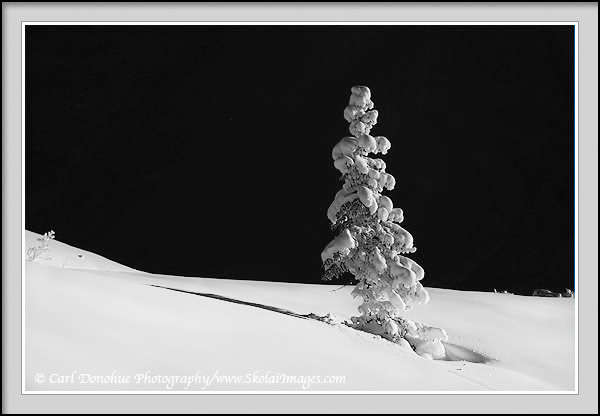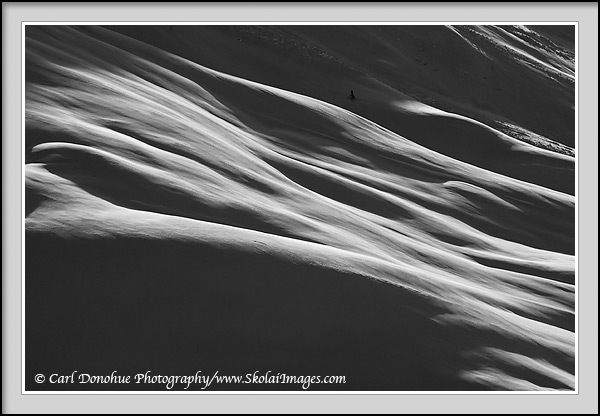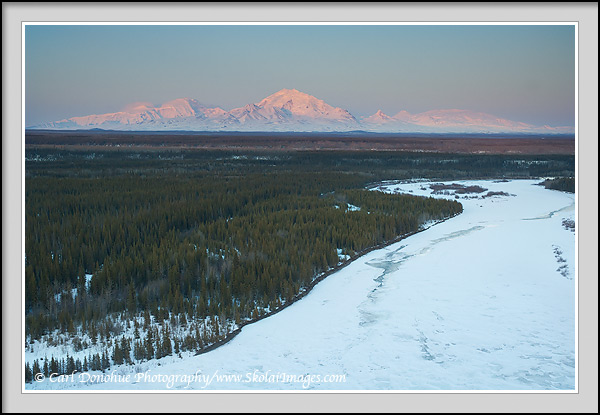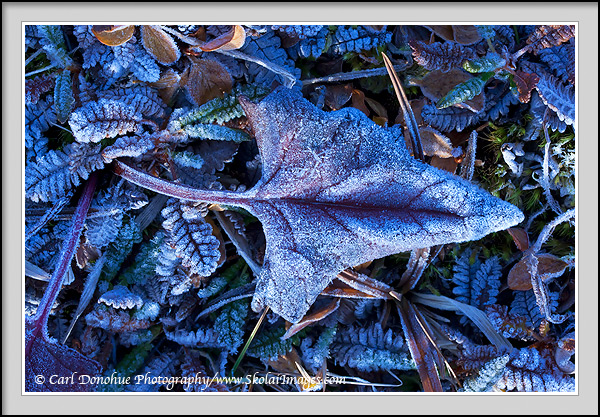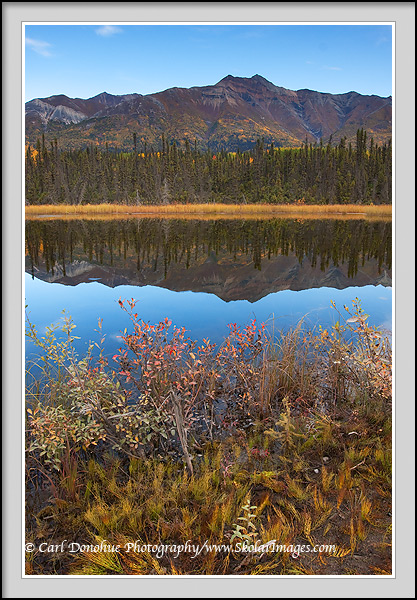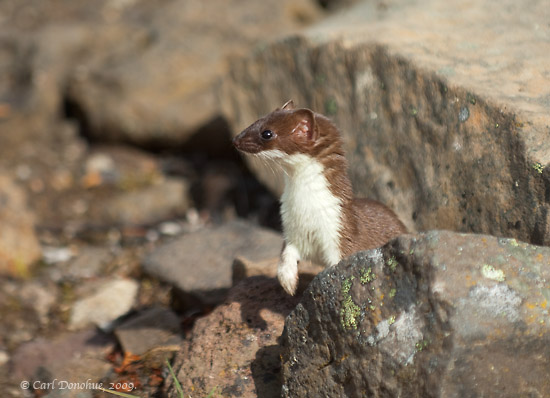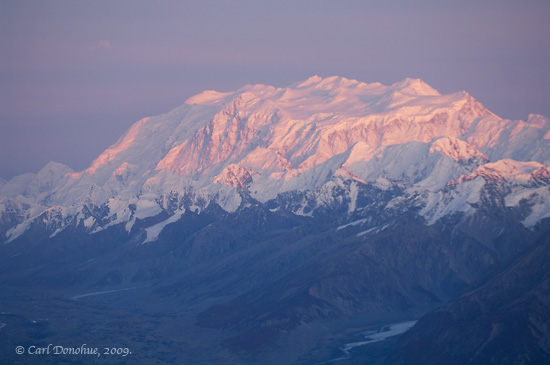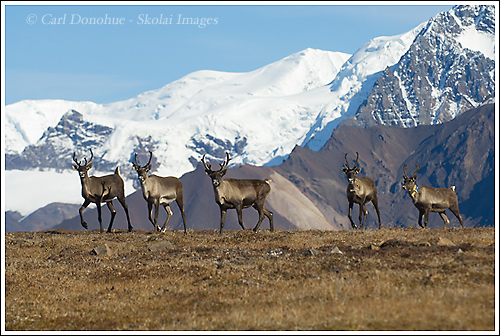Quaking aspen, Populus tremuloides, Wrangell-St. Elias National Park and Preserve, Alaska.
Hey Folks,
I was looking through some older images tonight, and found this one from last fall. This is from a little stand of Quaking aspen (Populus tremuloides) that I’ve photographed a few times. I’d actually been looking for some wildlife to photograph, but was thwarted yet again in my quest, so, as the light faded, I headed for this stand of aspen. I had photographed them a number of times, but never really played with the camera panning technique here before. This was a situation where digital photography was a real help; I could take an image, review the frame on the LCD on the back of the camera, and see what I liked, or disliked, and figure out what I needed to do in order to create the kind of image I was looking for.
Now, generally I don’t post the ‘photo techs’ on images, because I think to do is largely useless information. Continue reading

